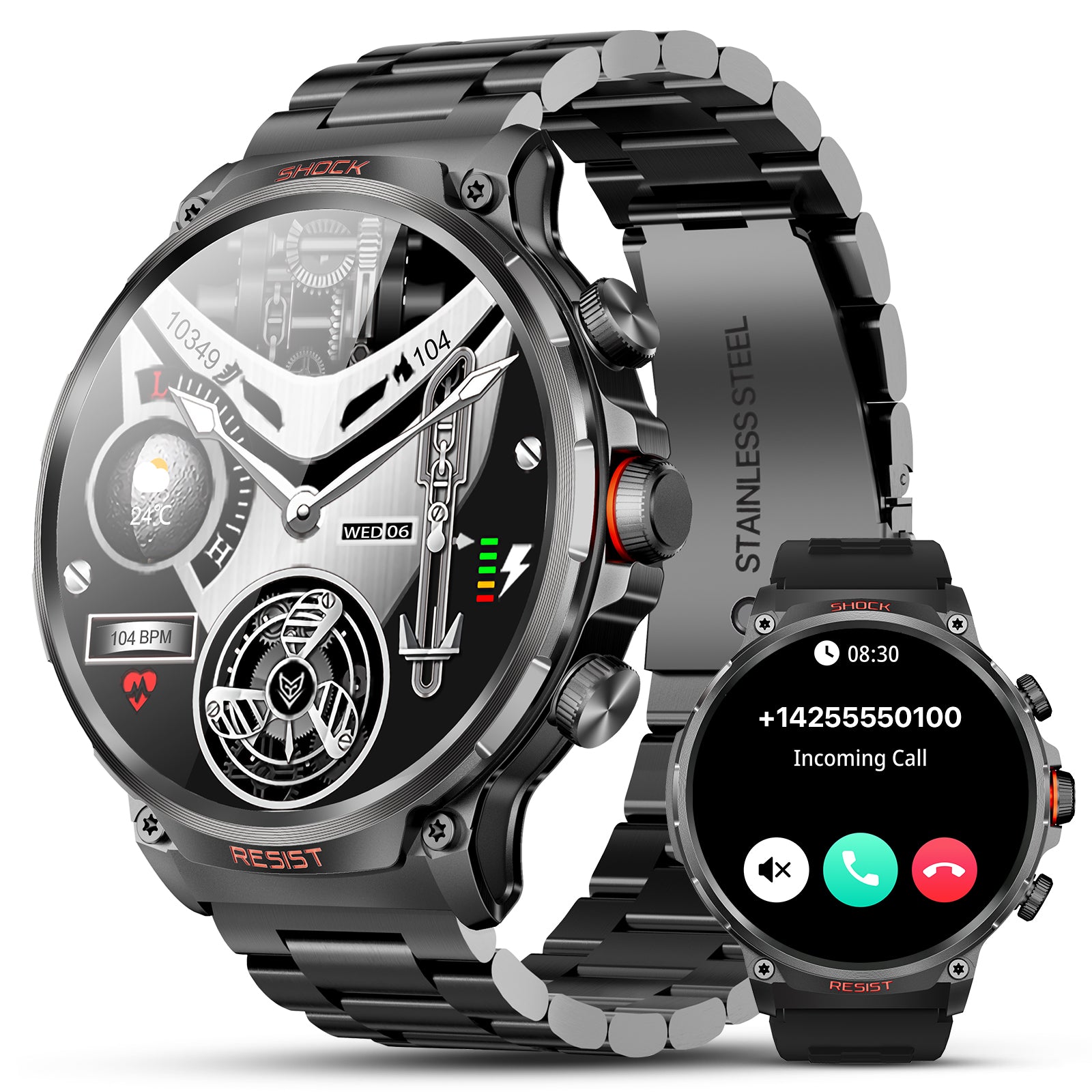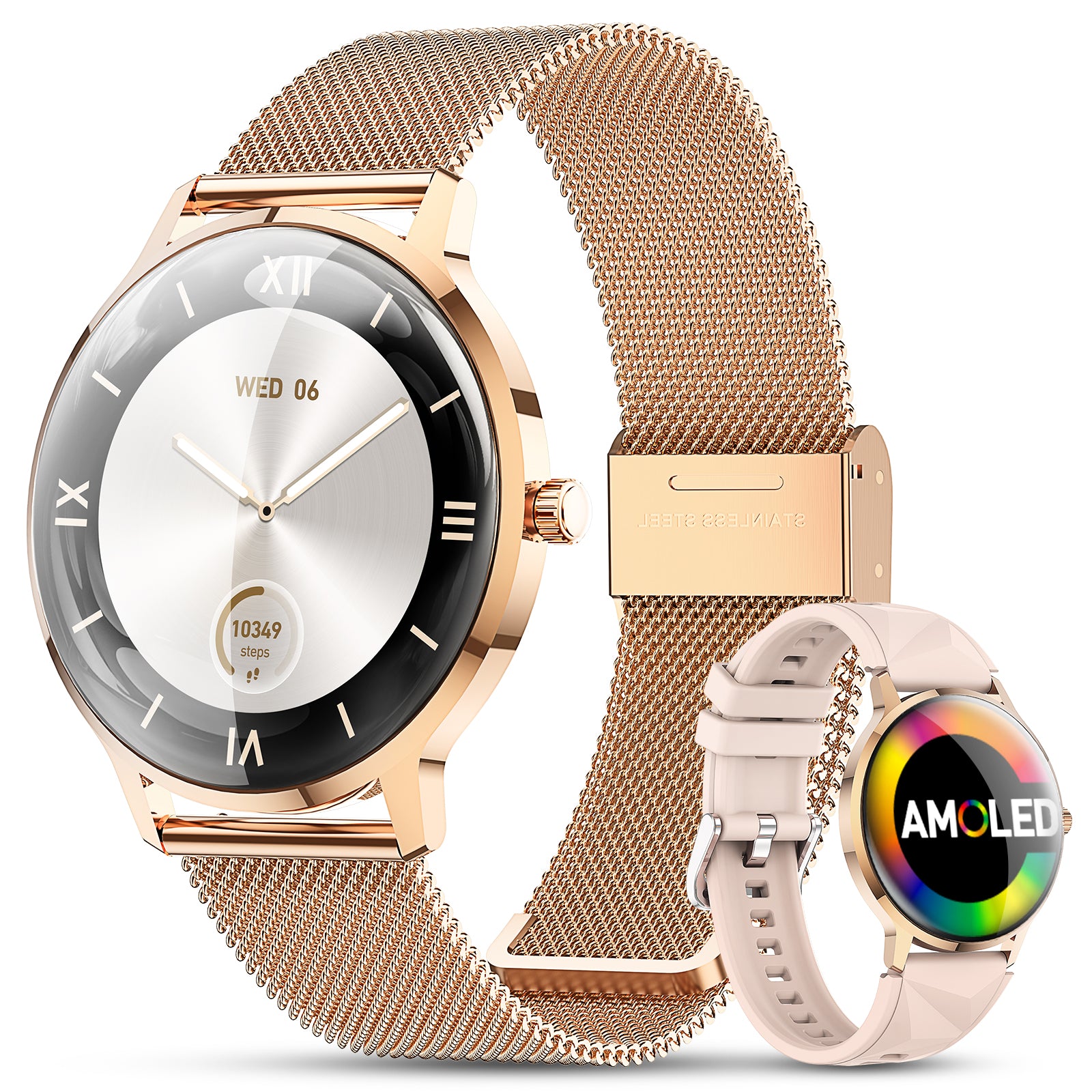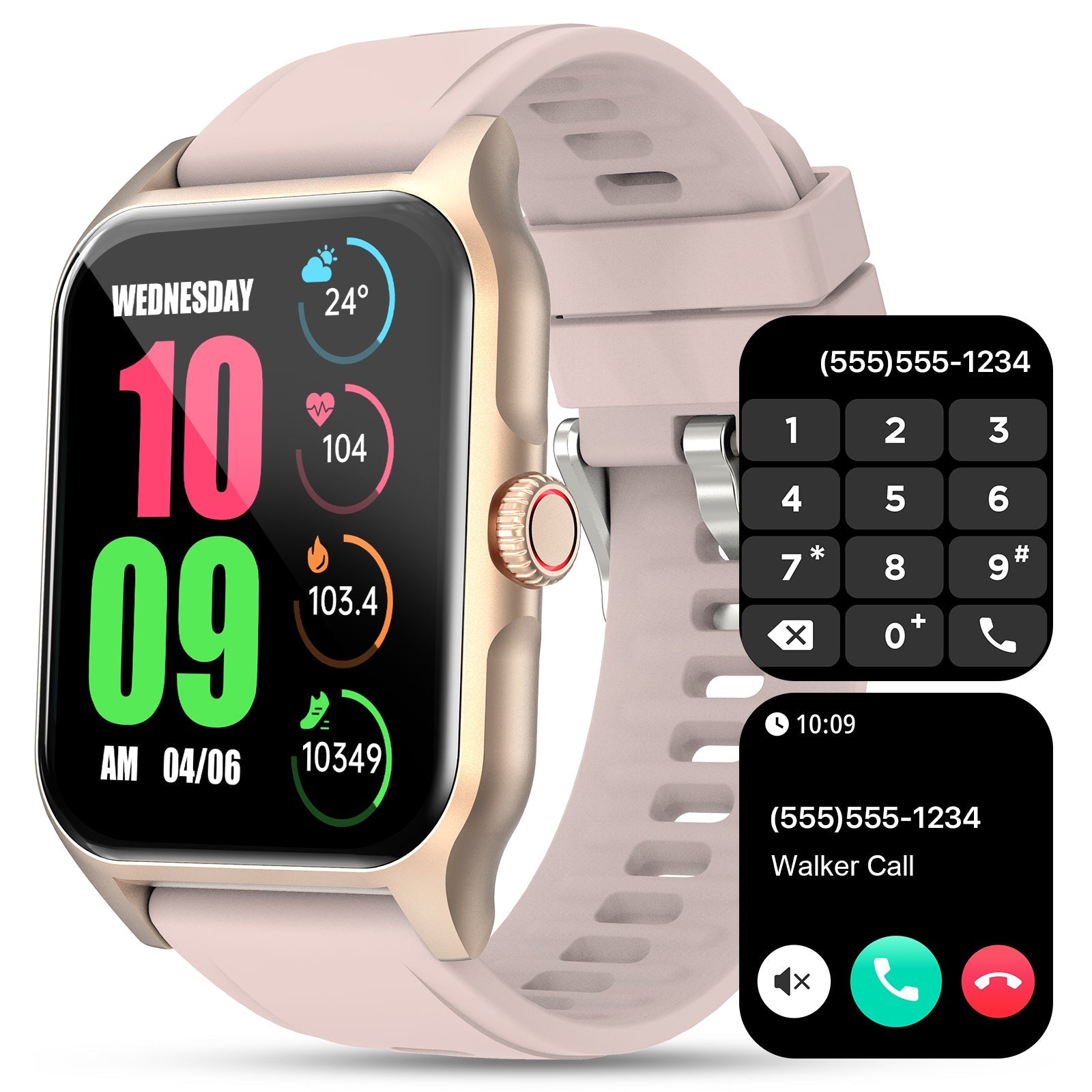 Walking is one of the most natural forms of movement — but is walking truly cardio?
Walking is one of the most natural forms of movement — but is walking truly cardio?
The short answer is yes — walking is cardio, especially when done at the right intensity and frequency. For those seeking an approachable, sustainable way to improve cardiovascular health, walking with the Walkerfit M6 Ultra offers a convenient and tech-enhanced solution.
Let’s explore what makes walking a valid cardiovascular exercise, the benefits it offers, and how devices like the Walkerfit M6 Ultra can elevate your walking routine.
What Counts as Cardio?
Cardio, or aerobic exercise, is any activity that:
· Increases your heart rate
· Engages large muscle groups repetitively
· Is sustained for a minimum duration (usually 10 minutes or more)
According to the American Heart Association (AHA), cardio improves heart and lung efficiency, reduces resting heart rate, and can significantly lower the risk of chronic disease.
So, does walking qualify? Yes—especially brisk walking.
Walking Really a Cardio Workout?
Yes, walking is cardio—particularly when performed at a moderate intensity, such as:
· Brisk walking (3–4 mph)
· Incline walking (on treadmills or hills)
· Long-distance walking (30+ minutes)
To ensure you're in the right cardio zone, devices like the Walkerfit M6 Ultra monitor heart rate, distance, and pace in real-time, helping users stay in Zone 2 cardio—the fat-burning, aerobic endurance zone.
Tip: Aim to walk at a pace where talking is possible, but singing is difficult. That usually indicates you're in a cardio-effective heart rate zone.
Health Benefits of Walking for Cardio
Walking isn't just a way to get from A to B. It's a full-spectrum wellness tool, especially when supported by smart wearables. Here’s what regular cardio walking can do:
1. Boost Cardiovascular Health
Walking 150 minutes a week at a moderate pace reduces blood pressure and lowers LDL cholesterol.
2. Burn Fat and Calories
According to Harvard Health Publishing, a 155-pound person burns around 140 calories per 30 minutes of brisk walking.
3. Improve Mental Health
Studies from the Mayo Clinic show walking improves mood, reduces anxiety, and even helps with mild depression.
4. Strengthen Muscles and Joints
Walking is low-impact, making it perfect for adults with joint sensitivity, unlike high-impact cardio such as running or HIIT.

Walkerfit M6 Ultra: Take Your Walk to the Next Level
The Walkerfit M6 Ultra is not just another smartwatch — it's a dedicated walking assistant. Here's why it stands out:
· Real-Time Heart Rate Monitoring: Stay in your optimal cardio zone
· Pace Alerts & Step Goals: Personalized to your fitness level
· Water-resistant & Lightweight Design: Perfect for all-weather walking
· Sync with GloryFitPro
Whether you're walking in the park, hitting the treadmill, or tracking daily steps, Walkerfit M6 Ultra helps you turn every step into meaningful movement.
Walking vs. Running: Which is Better for Cardio?
Many people ask: should I walk or run?
|
Factor |
Walking |
Running |
|
Impact on joints |
Low |
High |
|
Calorie burn (30 min) |
140 |
295 |
|
Injury risk |
Very low |
Moderate-high |
|
Accessibility |
High |
Moderate |
Walking is more sustainable and lower risk, making it ideal for beginners, seniors, or those recovering from injuries. And with smart tracking, walking becomes just as goal-driven as running. FAQs
FAQs
Q1: How fast should I walk for it to count as cardio?
Aim for 3–4 mph or a pace that raises your heart rate to 50–70% of your maximum. The Walkerfit M6 Ultra provides live feedback to ensure you're on track.
Q2: Is 30 minutes of walking a day enough?
Yes. According to the CDC, 150 minutes of moderate-intensity aerobic activity per week is sufficient for heart health. That breaks down to 30 minutes, five times a week.
Q3: Does walking help with weight loss?
Definitely. When paired with proper nutrition and consistency, walking can create a calorie deficit over time.
Q4: How can I tell if my walk is “aerobic”?
Use a fitness tracker like the Walkerfit M6 Ultra to monitor heart rate zones. Zone 2 (60–70% max heart rate) is ideal for aerobic endurance.
Final Thoughts
Walking is one of the most effective and underrated forms of cardio. It’s accessible, sustainable, and when enhanced with a smart fitness tool like the Walkerfit M6 Ultra, it transforms into a powerful fitness regimen.
If you're looking for a low-impact way to build endurance, manage weight, and protect your heart, walking is cardio — and it works.
Ready to take your walks seriously?
Explore the Walkerfit M6 Ultra — your new cardio companion.









Leave a comment
All comments are moderated before being published.
This site is protected by hCaptcha and the hCaptcha Privacy Policy and Terms of Service apply.